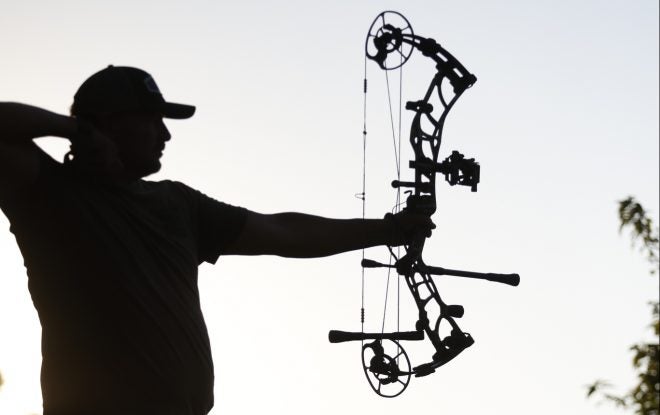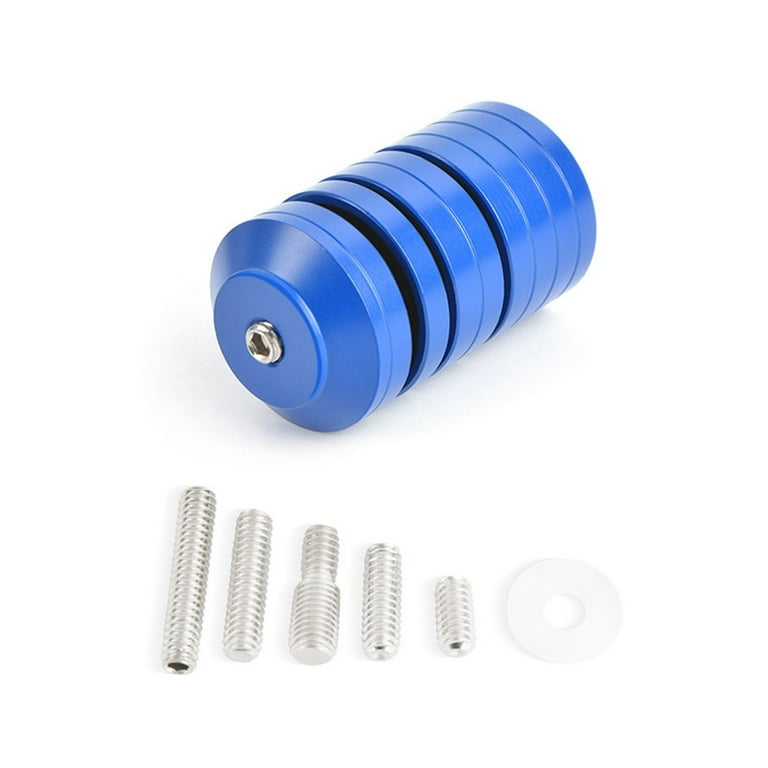Just how to Pick the Right Bow Stabilizer: Expert Tips and Guidance
Just how to Pick the Right Bow Stabilizer: Expert Tips and Guidance
Blog Article
Achieve Bullseye Precision: Just How Bow Stabilizers Can Improve Your Archery Video Game
Understanding the technicians behind bow stabilizers and the advantages they offer can make a significant difference in your capturing experience. Whether you are an experienced archer or just beginning, discovering the tricks of exactly how bow stabilizers can elevate your game could simply be the missing piece you require to strike your targets with exceptional uniformity.
Importance of Bow Stabilizers
Bow stabilizers play a vital duty in boosting an archer's precision by reducing bow torque and taking in resonances. Bow stabilizers counteract these pressures by including weight to the bow, which aids in stabilizing it and decreasing the results of torque. By lowering bow movement and resonances, stabilizers enable archers to attain higher consistency in their shots, eventually leading to enhanced accuracy and total performance on the archery range.

Exactly How Bow Stabilizers Work
Bow stabilizers function by counteracting bow torque and soaking up resonances to boost an archer's accuracy and uniformity in capturing. When an archer launches an arrowhead, the bow produces torque, causing the bow to twist in the opposite direction of the draw. This torque can lead to variances in arrow flight and impact accuracy. Bow stabilizers are designed to offset this torque by supplying additional weight at the front end of the bow. By prolonging the length of the bow and including weight to the stabilizer, the bow's equilibrium shifts onward, reducing the effects of torque during the shot.
Furthermore, bow stabilizers assist dampen resonances that take place upon releasing an arrowhead. Generally, bow stabilizers work by promoting a steady and regulated shooting experience, permitting archers to achieve higher accuracy and consistency in their shots.
Advantages of Using Stabilizers
Making use of stabilizers in archery tools provides archers a series of advantages that contribute to enhanced capturing efficiency and precision. Stabilizers help in balancing the bow, minimizing vibrations, and reducing torque throughout the shot. By absorbing excess energy and resonances, stabilizers help in keeping the bow steady after the launch, permitting an extra regular and stable purpose. This security is critical for preserving accuracy, especially throughout long-distance shots or in challenging climate condition.

Picking the Right Stabilizer
When selecting the appropriate stabilizer for archery tools, it is vital to think about elements that straighten with the advantages formerly outlined, such as stabilizing the bow and lowering vibrations for boosted capturing efficiency. On the other hand, a lighter stabilizer provides extra maneuverability but might not moisten vibrations as effectively. Carbon fiber stabilizers are lightweight and take in resonances well, whereas light weight aluminum stabilizers are sturdy and offer good equilibrium.
Tips for Making The Most Of Stabilizer Performance
To enhance stabilizer performance in archery, it is important to implement critical changes based on specific shooting dynamics and devices setup. One essential tip for optimizing stabilizer efficiency is to trying out different stabilizer lengths and weights to locate the optimum combination that suits your shooting design. This process might include beginning with a longer stabilizer for much better equilibrium and stability, then gradually adjusting the weight circulation to achieve the preferred level of control and precision.
Furthermore, fine-tuning the setting of the stabilizer on your bow can significantly influence its performance (bow stabilizer). Positioning the stabilizer better to the riser can improve security, while moving it farther away can look these up boost mercy and wet resonances upon release. It is advised to make little adjustments and test the adjustments systematically to comprehend their impacts on your shot execution
In addition, integrating wetting devices such as rubber stabilizer weights or resonance dampeners can better boost the stabilizer's efficiency by reducing sound and hand shock. By carefully examining and readjusting these variables, archers can optimize the advantages of their stabilizers and raise their general efficiency on the range or in competitors.
Verdict

Bow stabilizers play an important role in improving an archer's precision by lessening bow torque and soaking up vibrations.Bow stabilizers function by neutralizing bow torque and absorbing vibrations to boost an archer's accuracy and consistency in capturing. Carbon fiber stabilizers are lightweight and soak up resonances well, whereas aluminum stabilizers are YOURURL.com durable and supply great balance. One crucial suggestion for optimizing stabilizer performance is to experiment with different stabilizer lengths and weights to locate the ideal mix that suits your capturing style.In conclusion, bow stabilizers play an important role in improving archery accuracy by lowering bow torque and resonance.
Report this page